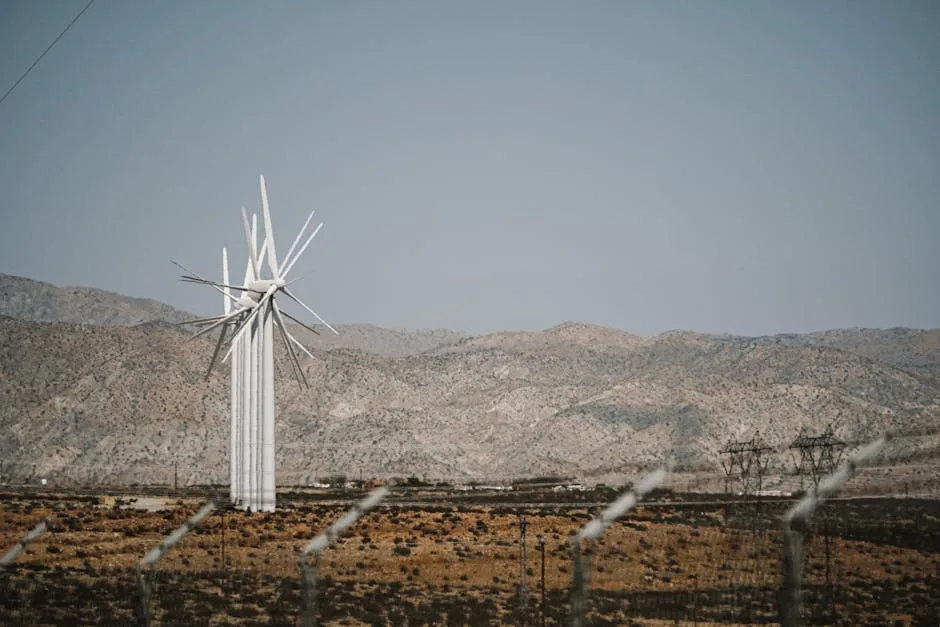
The U.S. clean hydrogen industry is confronting significant challenges as policy shifts, rising costs, and infrastructure gaps threaten its viability. Recent legislative changes, including the truncation of tax credits in the 2025 Senate reconciliation bill, have destabilized long-term project planning1. With only 7% of global green hydrogen projects meeting 2023 deadlines, the sector’s momentum is faltering amid economic and technological hurdles2.
Policy Rollbacks and Investment Risks
The 2025 Senate bill reduced the Section 45V hydrogen tax credit window from 10 years to just two, expiring in 2027. This abrupt change has jeopardized projects reliant on subsidies, such as electrolyzer manufacturing and hydrogen fueling stations3. Analysts estimate that $500 billion in investments and 830,000 jobs are at risk due to concurrent phase-outs of wind and solar tax credits by 20324. The bill also imposed excise taxes on Chinese components, further complicating supply chains for U.S. developers.
Economic Viability and Subsidy Gaps
Green hydrogen’s levelized cost (LCOH) remains stubbornly high at $3–6/kg, far above the $1/kg target needed for widespread adoption5. A Nature Energy study notes that achieving 1.5°C climate goals requires $1.3 trillion in global subsidies by 2030, but current commitments cover only 24% of this figure6. Carbon pricing, such as the EU’s planned $149/tCO₂ levy by 2030, could close 60% of the subsidy gap, but U.S. policy lacks comparable mechanisms7.
Technological and Infrastructure Barriers
Efficiency losses in renewable-to-hydrogen conversion range from 50% to 80%, while storage and transportation require costly cryogenic or high-pressure solutions8. Infrastructure is another bottleneck: grid interconnection delays average 3–5 years, and hydrogen fueling stations are scarce outside California9. Modular electrolyzer stacks face scalability issues due to bespoke balance-of-plant systems, which inflate costs by 20–30%10.
Global Competition and Sectoral Shifts
Europe and Asia are advancing with electrolyzer factories and industrial quotas, while U.S. projects like BP’s canceled hydrogen hub highlight investor retreat11. Aviation and steel sectors are emerging as niche priorities, but without policy stability, the U.S. risks ceding leadership in clean hydrogen12.
Conclusion
The clean hydrogen sector’s future hinges on policy stability, cost reductions, and infrastructure investment. Short-term extensions of tax credits and demand-side policies, such as industrial quotas, could mitigate risks. Long-term solutions require aligning U.S. carbon pricing with international benchmarks and piloting regional hydrogen hubs to leverage bipartisan support.
References
- “Senator’s Big, Beautiful Betrayal: How Clean Energy Lost Its Lifeline,” Energy News, 2025.
- A. Odenweller et al., “The 2030 Green Hydrogen Implementation Gap,” Nature Energy, 2025.
- “America’s Clean Hydrogen Crossroads,” The New York Times, Aug. 11, 2025.
- “Why America’s Green Hydrogen Dreams Are Stalling,” OilPrice.com, 2025.
- Extended Data Fig. 4, Nature Energy, 2025.
- Extended Data Fig. 6, Nature Energy, 2025.
- “The Miracle of Green Hydrogen Becomes a Fading Mirage,” RealClearEnergy, Jan. 20, 2025.
- Extended Data Figs. 3–7, Nature Energy, 2025.
- “Senator’s Big, Beautiful Betrayal,” Energy News, 2025.
- Extended Data Table 2, Nature Energy, 2025.
- “Why America’s Green Hydrogen Dreams Are Fading,” Yahoo Finance, 2025.
- “Senator’s Big, Beautiful Betrayal,” Energy News, 2025.





